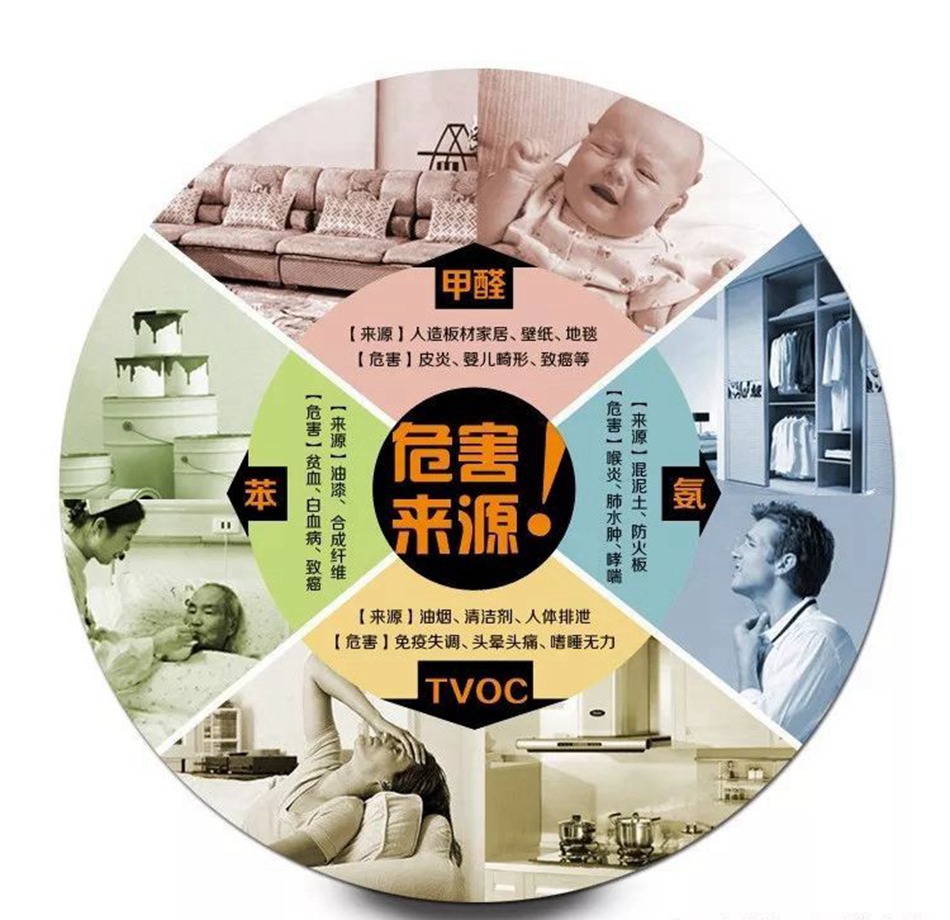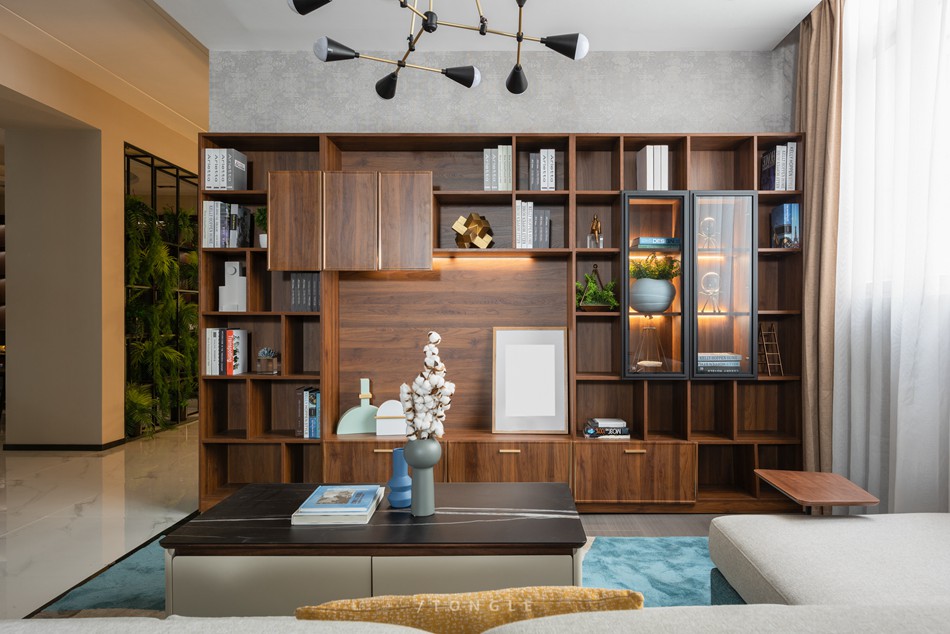- High End Gypsum Board System Solution Provider
The ultimate pursuit of decoration and environmental protection, zero formaldehyde? not enough yet
With the improvement of people's living standards, the pursuit of clothing, food, housing, and transportation has long gone from non-existent to a good or bad stage. The pursuit of "living" is iterative every five years and transformative every ten years. After experiencing the great development of China's infrastructure level in the 1990s, people have gradually returned to their original intention in building decoration and decoration after trying various magnificent and luxurious things. Nowadays, simple and low-key decoration is more popular, and environmental protection has become the top priority in decoration and building materials. Which aspects of building materials are most susceptible to lightning strikes? What materials can truly achieve environmental protection and safety? Jason's gypsum board editor will analyze in detail the tricks involved.

First, let's talk about where the environmental pollution during the decoration process comes from. Many people will say that when decorating, I should try to use solid wood, which is the most environmentally friendly; Some people say that decoration should be simple, and the fewer building materials used, the more environmentally friendly it is; Some people say that furniture flooring is not environmentally friendly and it is best not to replace it with old ones. These statements are not scientific. In fact, the reason for air pollution and the production of harmful gases such as formaldehyde is due to the recognition of the essence of things, which is glue. The vast majority of indoor harmful gases are closely related to glue, so since that's the case, some people may say, "Isn't it environmentally friendly if I don't use glue?". The matter is far from simple. In modern building decoration technology, glue is a necessary and indispensable item, and "no formaldehyde does not form glue" is determined by chemical properties, not to say that it can be truly unnecessary without glue.

In which aspects of the decoration process will glue be used? We need to look at it in two parts: explicit glue and implicit glue. Explicit adhesives mainly refer to building materials products that can be seen during the procurement process of auxiliary materials, such as construction adhesives, interface agents, woodworking white glue, Baide glue, nail free glue, and so on. These adhesive products are almost essential, such as the most widely used construction adhesive. In the process of mixing cement mortar, an appropriate amount of construction adhesive must be added to ensure the physical properties of the cement mortar after drying. As long as the products used in these explicit adhesives are not counterfeit or inferior, their basic environmental performance is up to standard. However, it is also important to avoid the "superposition effect" of harmful gas emissions caused by excessive use, which means that each product is environmentally friendly but the indoor air detection still exceeds the standard after the final decoration is completed.

And implicit glue is difficult to control, which mainly refers to being invisible and hidden in other building materials. For example, in furniture, various types of panels, and flooring. Some people may have questions, why are there environmental issues when I use solid wood? In fact, this is a misconception. Solid wood may not necessarily be environmentally friendly, and non solid wood may not necessarily be environmentally friendly. Simply put, solid wood is made from natural wood, but natural wood is not cut down to its corresponding size and can be used to make furniture panels. Instead, it needs to go through processes such as sawing and splicing to be processed into solid wood panels for sale and use. This production process undoubtedly requires a large amount of glue.

How can we maximize the avoidance of air pollution? Jason's gypsum board editor believes that the key is to "use less" and "replace". For adhesive products that must be used, it is important to ensure that genuine and authentic products are selected and used, and to use products with the highest environmental standards as much as possible. During use, the construction team should minimize the amount of use while ensuring construction quality. This is the principle of using less.

The principle of substitution mainly refers to replacing the original product with more environmentally friendly building materials that can achieve similar performance parameters, which is also a way of subtraction. When there are fewer types of building materials that can release harmful gases indoors, the overall cumulative indoor air quality compliance will naturally be higher. For example, for gypsum based products, because the gypsum raw material uses "desulfurization gypsum", which is phosphorus free, benzene free, and formaldehyde free, achieving true zero emissions, it is undoubtedly a better choice for environmentally friendly decoration.

Jason's independently developed lightweight plastering gypsum can effectively replace the role of cement mortar in wall plastering and leveling. Due to its excellent cementitious properties, gypsum can achieve better adhesion than cement mortar without the need for any glue and is less prone to cracking and hollowing. And it is lightweight, with a weight of only one-third that of cement mortar after drying, and only half the drying time required for cement mortar. Replacing traditional cement mortar with lightweight plaster gypsum for wall leveling undoubtedly reduces a significant amount of building adhesive usage.

Merely zero formaldehyde is far from enough. Jason's self-developed high-end gold formaldehyde purification gypsum board not only completely eliminates the release of formaldehyde itself, but also effectively adsorbs and decomposes formaldehyde, which can adsorb harmful gases in indoor air and gradually decompose them. In a fixed space, as long as the amount of formaldehyde purification board used is sufficient, it can effectively deal with indoor harmful gas emissions caused by decoration and neutralize them in the long term. Jason Gypsum Board Editor suggests that if users have certain requirements for the environmental performance of decoration and building materials, they must use Jason Gold Clean Aldehyde Board+Gypsum Board as a partition wall ceiling, which has a far better formaldehyde purification effect than expected.
(Some of the images are from the internet. If there is a possibility of infringement, please contact the editor to delete them.)
